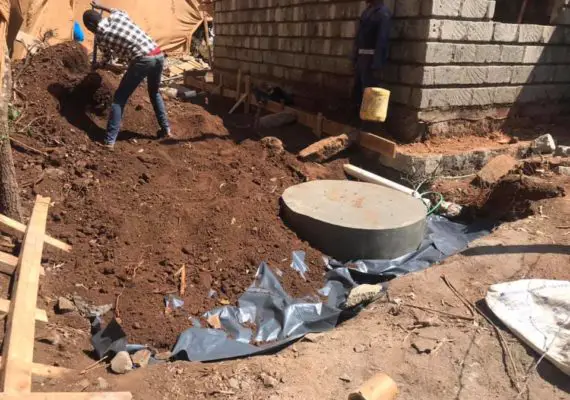What Is An Activated Sludge?
What Is An Activated Sludge?
The activated sludge process is a method of treating sewage and industrial wastewaters using a combination of aeration and biological organisms.
This process involves injecting air or oxygen into the waste water in an aeration tank, where microorganisms such as bacteria and protozoa consume and break down organic pollutants.
The resulting waste sludge, containing the oxidized material, is then sent to a settling tank to separate the biological flocs from the clear treated water. A portion of the waste sludge is recycled back to the aeration tank while the remaining is removed for further treatment.
There are several different types of activated sludge plants such as package plants, oxidation ditches, deep shaft/vertical treatment, surface-aerated basins and sequencing batch reactors (SBRs).
Aeration methods can include diffused aeration, surface aerators (cones), or in rare cases, pure oxygen aeration. The activated sludge process is effective in removing carbonaceous pollution, oxidizing nitrogenous matter and removing nutrients such as nitrogen and phosphorus.
One downside of this process is that sludge bulking can occur, making it difficult for the sludge to settle and negatively impacting the final effluent quality. This requires skilled management and may require full-time staff to ensure immediate intervention. A recent development in the activated sludge process is the Nereda process, which produces a granular sludge that settles much better.
The Activated Sludge Process
The activated sludge process is a method of removing carbonaceous pollution from sewage by using aerobic micro-organisms to digest organic matter.
These micro-organisms clump together through a process called flocculation, trapping fine particulate matter in the process and producing a liquid that is relatively free from suspended solids and organic material.
The flocculated particles can then be easily removed. This process typically involves several steps and equipment, including an aeration tank where air or oxygen is injected into the mixed liquor, a settling tank (also known as a final clarifier or secondary settling tank) to separate the biological sludge from the clear treated water, and additional steps to treat nitrogenous matter or phosphate.
These additional steps involve creating an anoxic zone in order to solubilize phosphates and reduce oxides of nitrogen to ammonium ion.
History Of Activated Sludge Process
The activated sludge process was first discovered in 1913 by two engineers, Edward Ardern and W.T. Lockett, who were conducting research for the Manchester Corporation Rivers Department at Davyhulme Sewage Works.
The discovery was influenced by an experiment conducted at the Lawrence Experiment Station in Massachusetts, where Dr. Gilbert Fowler, a scientist at the University of Manchester, observed the aeration of sewage in a bottle coated with algae.
Ardern and Lockett then experimented with treating sewage in a draw-and-fill reactor, which produced a highly treated effluent. They aerated the waste-water continuously for about a month and were able to achieve a complete nitrification of the sample material. Believing that the sludge had been activated, they named the process “activated sludge.”
It was later understood that what had actually occurred was a means to concentrate biological organisms, allowing for the decoupling of liquid retention time (ideally, low, for a compact treatment system) from solids retention time (ideally, fairly high, for an effluent low in BOD5 and ammonia).
Their results were published in a 1914 paper, and the first full-scale continuous-flow system was installed at Worcester two years later. After the First World War, the new treatment method spread rapidly, particularly to the United States, Denmark, Germany, and Canada.
By the late 1930s, the activated sludge treatment had become a well-known biological wastewater treatment process in countries where sewer systems and sewage treatment plants were common.
Process Challenges
Sludge bulking can negatively impact final effluent quality and make activated sludge difficult to settle. Managing and treating this issue requires skilled management and may require full-time staff to intervene quickly. Additionally, industrial pollution can cause problems in treatment plants primarily designed for domestic sewage.
Activated Sludge Costs
The activated sludge process is a high-tech and energy-intensive method for treating wastewater. It is relatively expensive compared to other systems, but it can provide a very high level of treatment.
These plants require an electrical supply to power the aerators, pump waste sludge and final effluent, and in some cases, lift untreated sewage to the headworks. Alternative technologies like trickling filter treatment require less power and can operate on gravity alone.
![Advantages of Biodigester + How Biodigester Works [A Simple Guide]](https://www.hpdconsult.com/wp-content/uploads/2019/06/maxresdefault-1-570x400.jpg)

